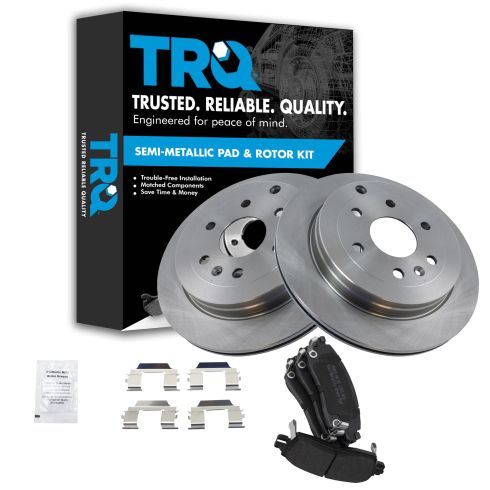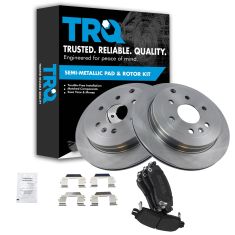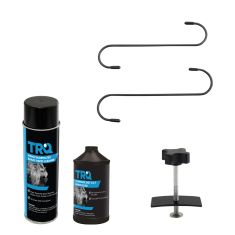1ABFS01575-Chevrolet GMC Buick Saturn Rear Semi-Metallic Brake Pad & Rotor Kit TRQ BKA11233





Replaces
Chevrolet GMC Buick Saturn Rear Semi-Metallic Brake Pad & Rotor Kit TRQ BKA11233



Frequently bought together
Product Reviews
Loading reviews
Customer Q&A
No questions have been asked about this item.











